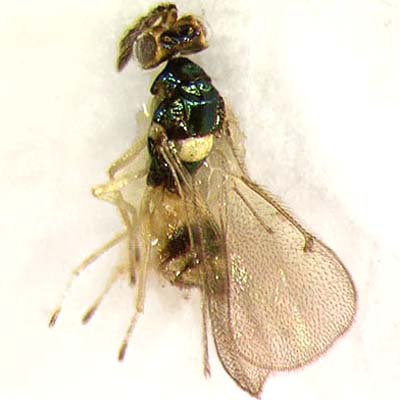 |
|||||||||||||||||||||||||||||||||||||||||||||||||||||||||||||||||||||||||||||||||||||||||||||||
|
|
Home | Open the Key | References | ||||||||||||||||||||||||||||||||||||||||||||||||||||||||||||||||||||||||||||||||||||||||||||
|
|||||||||||||||||||||||||||||||||||||||||||||||||||||||||||||||||||||||||||||||||||||||||||||||
Classification
|
|||||||||||||||||||||||||||||||||||||||||||||||||||||||||||||||||||||||||||||||||||||||||||||||
Subfamily Tribe |
Tetrastichini |
||||||||||||||||||||||||||||||||||||||||||||||||||||||||||||||||||||||||||||||||||||||||||||||
Diagnosis
|
|||||||||||||||||||||||||||||||||||||||||||||||||||||||||||||||||||||||||||||||||||||||||||||||
|
|
||||||||||||||||||||||||||||||||||||||||||||||||||||||||||||||||||||||||||||||||||||||||||||||
| |
|||||||||||||||||||||||||||||||||||||||||||||||||||||||||||||||||||||||||||||||||||||||||||||||
Distribution |
|||||||||||||||||||||||||||||||||||||||||||||||||||||||||||||||||||||||||||||||||||||||||||||||
|
Species of this genus were recorded in Caribbean, Holarctic and Neotropics regions (Noyes, 2001). |
|||||||||||||||||||||||||||||||||||||||||||||||||||||||||||||||||||||||||||||||||||||||||||||||
| |
|||||||||||||||||||||||||||||||||||||||||||||||||||||||||||||||||||||||||||||||||||||||||||||||
Biology |
|||||||||||||||||||||||||||||||||||||||||||||||||||||||||||||||||||||||||||||||||||||||||||||||
|
Minotetrastichus species are generally parasitoids of leafmining Lepidoptera, but also of Coleoptera, Diptera, and Hymenoptera leafminers or sometimes hyperparasitoids of their braconid, ichneumonid or chalcid parasitoids (Graham, 1987; La Salle, 1994; Murphy & La Salle, 1999). M. napomyzae (Domenichini) is the only species recognised on agromyzid leafminers (Noyes, 2001). |
|||||||||||||||||||||||||||||||||||||||||||||||||||||||||||||||||||||||||||||||||||||||||||||||
| |
|||||||||||||||||||||||||||||||||||||||||||||||||||||||||||||||||||||||||||||||||||||||||||||||
| |
|||||||||||||||||||||||||||||||||||||||||||||||||||||||||||||||||||||||||||||||||||||||||||||||
Comments |
|||||||||||||||||||||||||||||||||||||||||||||||||||||||||||||||||||||||||||||||||||||||||||||||
|
Minotetrastichus belongs to the subfamily
of Tetrastichinae by having
female funicle 3 and male 4-segmented, notauli complete, ventral
plaque on male scape and postmarginal vein reduced.
Kostjukov (1977) described Minotetrastichus as a subgenus of Tetrastichus, but subsequently Graham (1987) elevated it to generic level. Minotetrastichus also corresponds to the “ecus group” of Aprostocetus in Graham (1961) and of Tetrastichus in Domenichini (1966; 1967). This genus appears very close to Aprostocetus, Baryscapus and Tetrastichus. The revisions of the Tetrastichinae subfamily (Graham, 1987;1991) redefined Tetrastichus as containing only species with 1 single seta on submarginal vein and Y-shaped paraspicular carina. Minotetrastichus however has more than a single seta on submarginal vein, as Aprostocetus and Baryscapus. It may be distinguished from these latter two by having the clypeal margin weakly lobed or truncate, and the propodeal spiracle small, circular, and separated from the metanotum by at least its own diameter. Besides, it differs from Aprostocetus by having the propodeal spiracle with its entire rim exposed and the two longest cercal setae subequal in length and straight or only slightly curved; from Baryscapus it can be distinguished by having some yellow coloration on the body and 2 or 3 setae on callus (Graham, 1987; La Salle, 1994). Keys to Minotetrastichus are available only for the European species (Graham, 1987). |
|||||||||||||||||||||||||||||||||||||||||||||||||||||||||||||||||||||||||||||||||||||||||||||||

